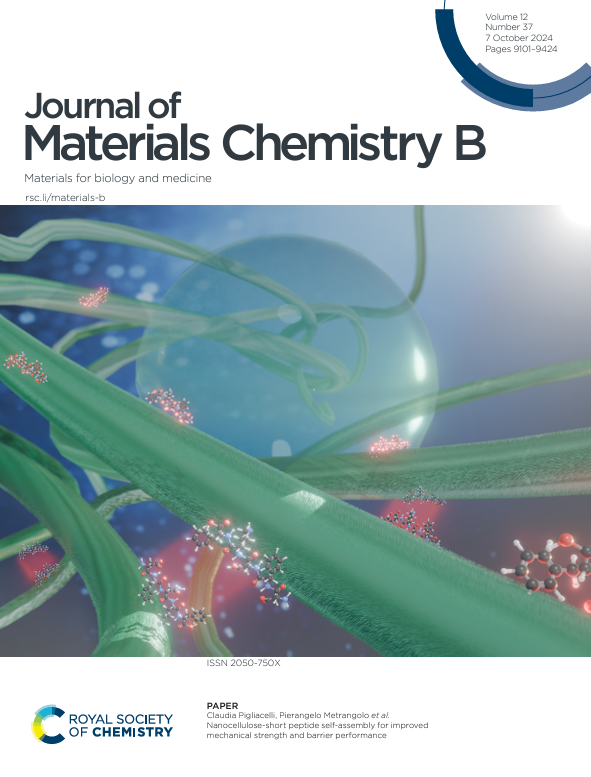At just 27, she has already appeared on the cover of an international journal of chemistry, the subject she has loved ever since she was young. In this interview, Elisa Marelli told us about her life in the laboratory, explained what peptides are and what they are used for, and described how, through working together with many Italian and foreign colleagues, they were able to create a biomaterial that offers the same efficiency and quality as petroleum-derived materials, but is also biodegradable. Europe is awaiting it now, and who knows what’s next.
Il suo sogno nel cassetto è infatti riuscire ad avere un impatto concreto, contribuendo in modo positivo all’ambiente e aiutando a rendere soluzioni sostenibili più accessibili. Ora l’aspetta l’Europa e poi chissà.
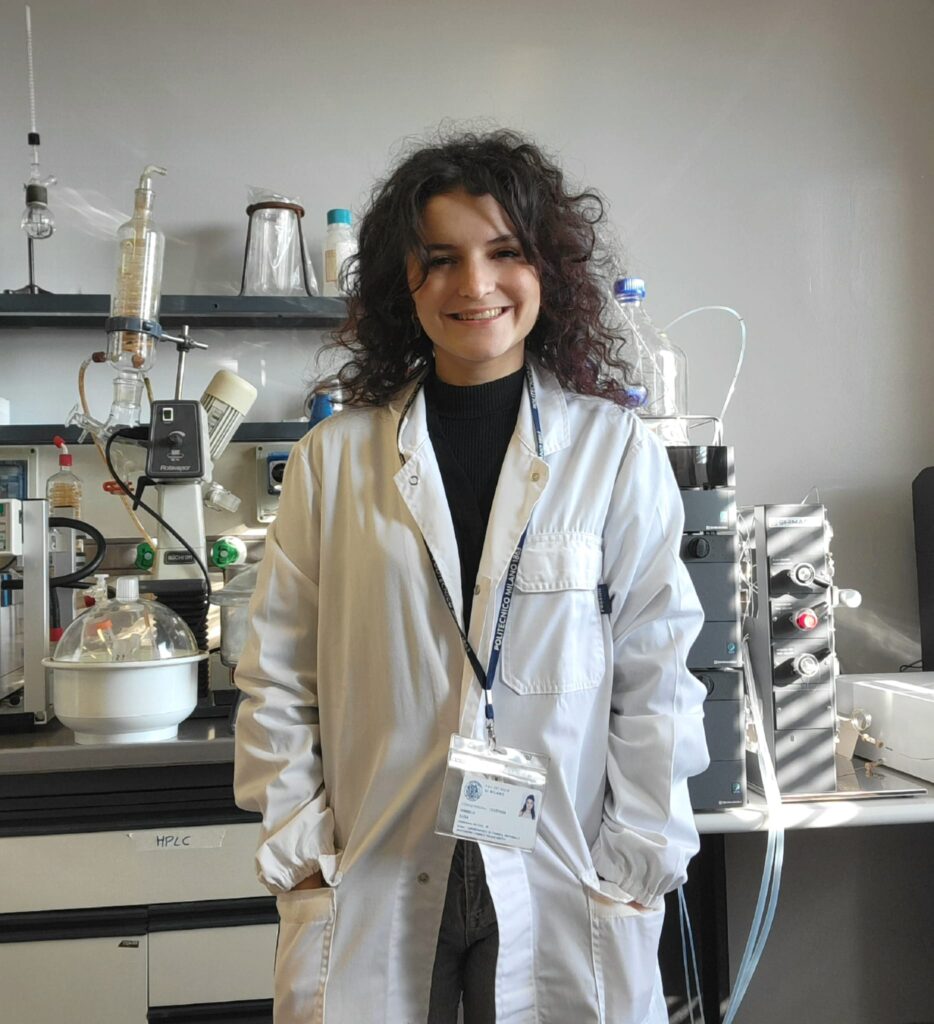
How did you come to follow your current pathway of research?
I’m true “Made in Polimi”: I did both my bachelor’s degree in Materials Engineering and Nanotechnology and my master’s degree here. During the course of my master’s thesis, I started working in the SupraBioNanoLab in the Giulio Natta Department of Chemistry, Materials and Chemical Engineering, under the supervision of Professor Pierangelo Metrangolo. That was where the cellulose project started, culminating in the publication of our study in the Journal of Materials Chemistry B.
Have you always been attracted to chemistry?
I’ve always liked all scientific subjects. At high school, I was torn between chemistry and physics, so materials engineering was the ideal choice as it combines both disciplines.
What did you enjoy most during your studies?
What materials engineering offered me was an interdisciplinary approach and this, among other things, allowed me to get into supramolecular chemistry, a lab specialisation that steered me towards chemical engineering during my doctorate. This change of direction gave me the chance to delve deeper into molecular design.
What is molecular design?
It’s the process of designing a material by starting from the molecule itself. Every molecule comes with its own natural instructions, in the form of chemical and physical properties, which allow it to spontaneously self-assemble and create materials with different functional uses.
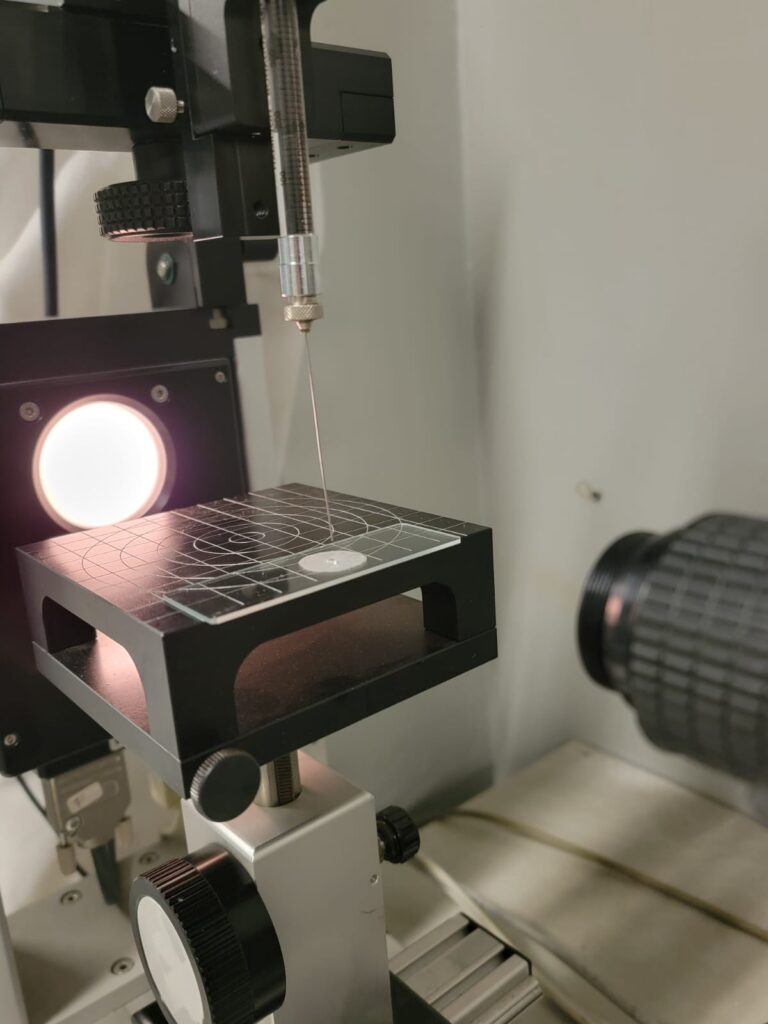
What is your research all about?
I work with biomaterials based on self-assembling peptides. These are small protein sequences that can form different nanostructures, from nanofibers to nanoparticles, and are useful for many applications. I mainly focus on combining peptides with more common biomaterials, such as cellulose or gelatin, in order to modify their properties.
What are the possible applications of these materials?
There are many different applications. For example, we can help improve mechanical properties, add particular functionalities such as hydrophobicity, or antioxidant or antibacterial capacity. With cellulose, for example, we’re working to reduce its water absorption, which is important for the creation of moisture-resistant materials.
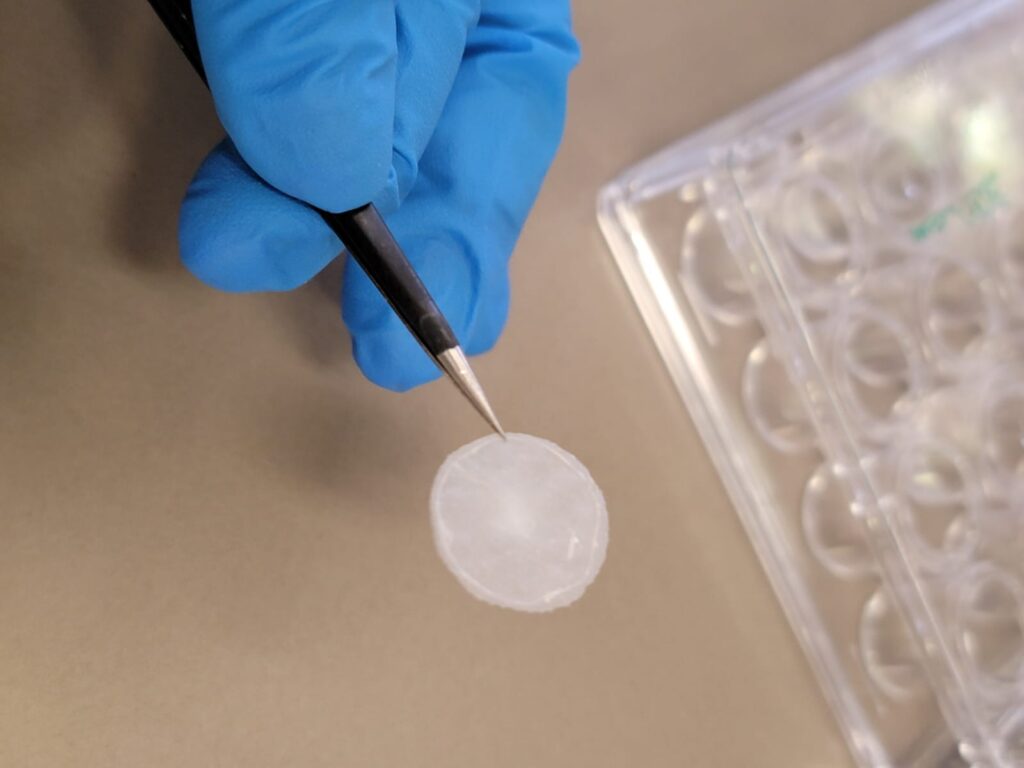
Tell us about your study ‘Nanocellulose-short peptide self-assembly for improved mechanical strength and barrier performance’, which featured on the cover of the prestigious Journal of Materials Chemistry B
We worked with cellulose nanofibers, extracted through mechanical processes. Cellulose is very versatile but has the drawback of being hydrophilic, i.e. it absorbs water. We have incorporated a sequence of just five amino acids into the nanofiber network, improving its mechanical properties and making it hydrophobic by the addition of fluorine atoms. The films we produced have water vapour barrier properties comparable to some cellulose derivatives, with a very low peptide content. This makes them sustainable and biodegradable.
What can these films be used for?
An immediate application is sustainable packaging. Water-resistant films could be used as an alternative to traditional packaging. Further tests might also reveal uses in the biomedical field, such as building scaffolds for tissue regeneration.
How is the material made?
We researched two different forms: firstly, as a hydrogel, where the cellulose nanofibers form an aqueous suspension with the peptides, and then as a film, derived from the gels. Both versions have interesting properties.
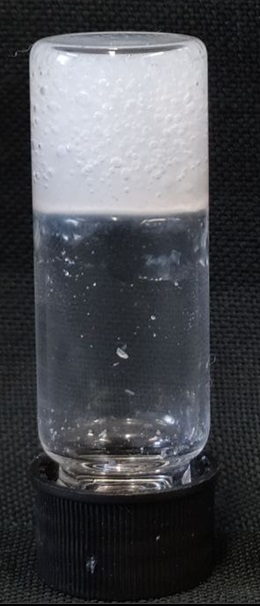
But is this material totally sustainable?
Yes, in the sense that the original materials we used were cellulose and peptides which are actually naturally occurring elements, so it does offer a much more sustainable alternative to petroleum-derived materials. It would certainly be useful to do life cycle assessments to confirm the overall sustainability of the product.
Who collaborated on the project?
We worked with two Finnish institutes, Aalto University and the VTT-Technical Research Centre, experts in nanocellulose production. In Italy, the SCITEC Institute of the CNR helped us with the peptide synthesis. It was a valuable collaboration, and I learned a lot from it.
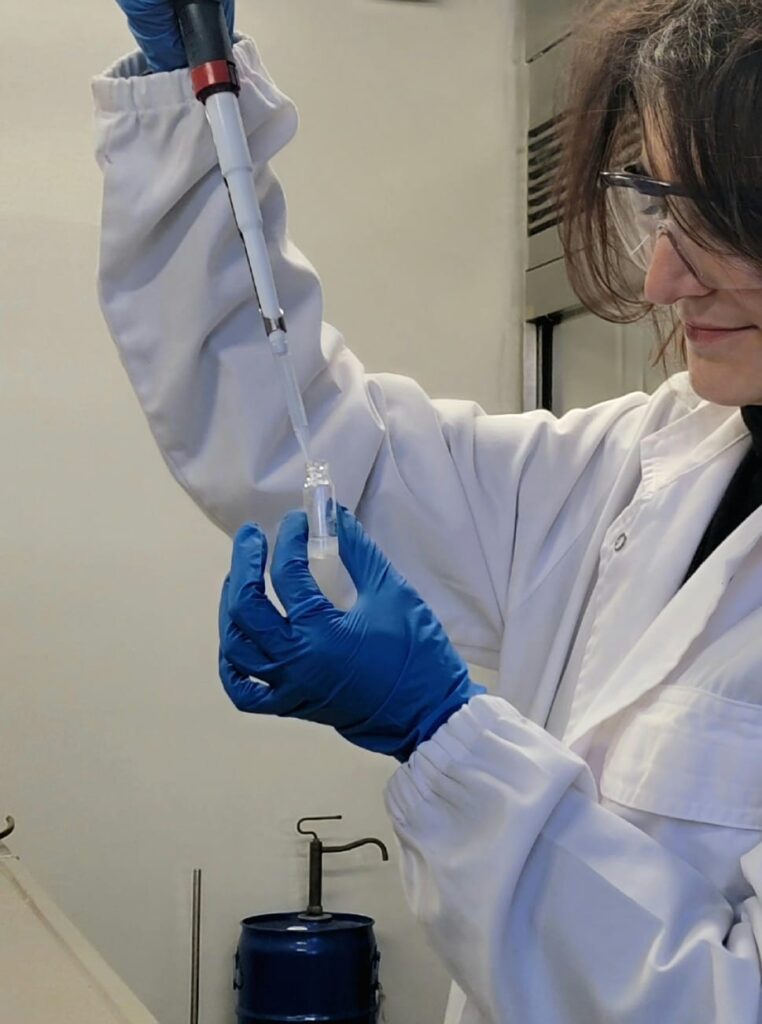
What was the most exciting moment?
The first tests of the barrier properties of the films. The results were clear and very promising, so this was a really satisfying time.
What is a typical day like for you?
It varies from time to time. There are some days spent entirely in the lab, and others when I just focus on data analysis or on writing projects and scientific articles. It’s challenging work, but very rewarding.
How many people are there in your team?
The group is very large, and consists of six full and associate professors, five postdocs and seven or eight doctoral students, and this support network has certainly been a great help. The environment is very positive from both a human and scientific point of view, because we are working on projects that are different from each other, but the daily interchange gives you a different perspective into your research.

Would you recommend research to anyone wanting to follow this route?
Would you recommend research to anyone wanting to follow this route? Absolutely! It is a challenging pathway and requires determination, but also provides a lot of satisfaction. You need curiosity and the desire to solve complex problems, without losing heart when faced with difficulties.
Do you also manage to find time for yourself?
Sì, nel tempo libero mi piace molto cucinare per gli amici sperimentando nuove ricette in momenti di condivisione. Mi piace molto anche viaggiare, quando ne ho la possibilità, e scoprire nuovi posti e tradizioni che offrono prospettive diverse e arricchiscono il mio modo di vedere le cose.
What are your next goals?
I’ll soon be going to ETH Zurich for six months to study the self-assembly of certain peptide sequences at mesoscopic level, using methods such as atomic force microscopy. This period of basic research will help give me a better understanding of how molecular changes affect the properties of materials.

